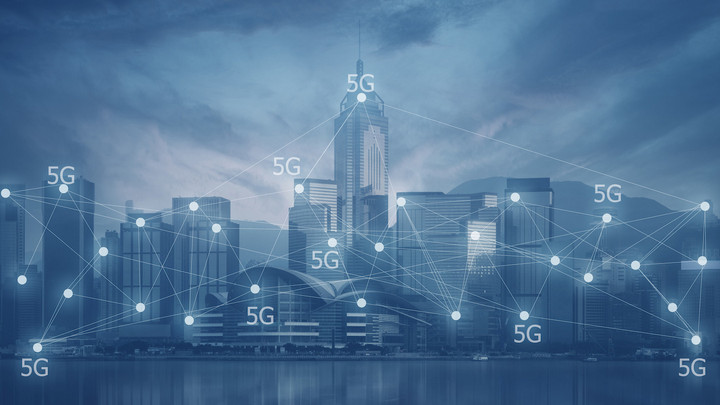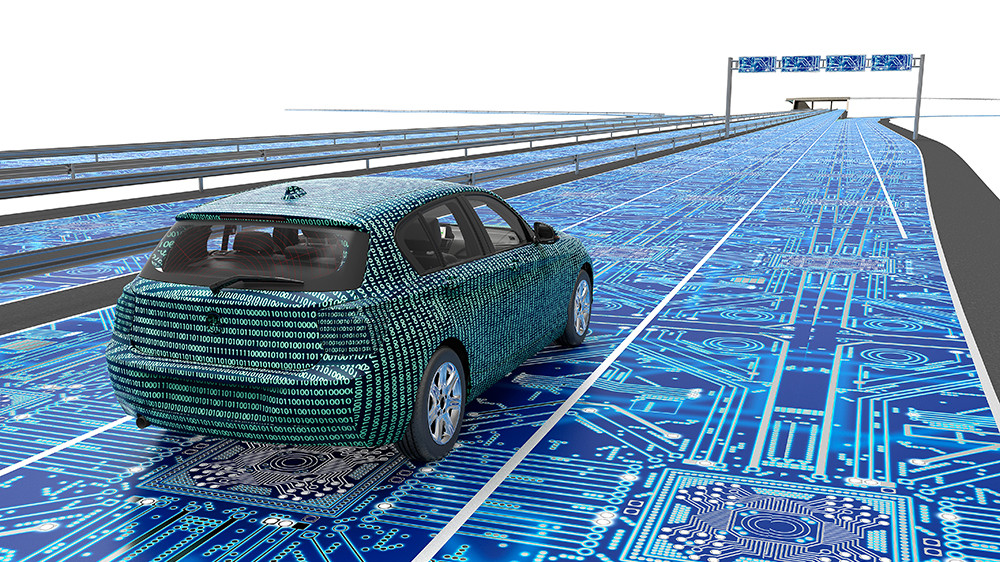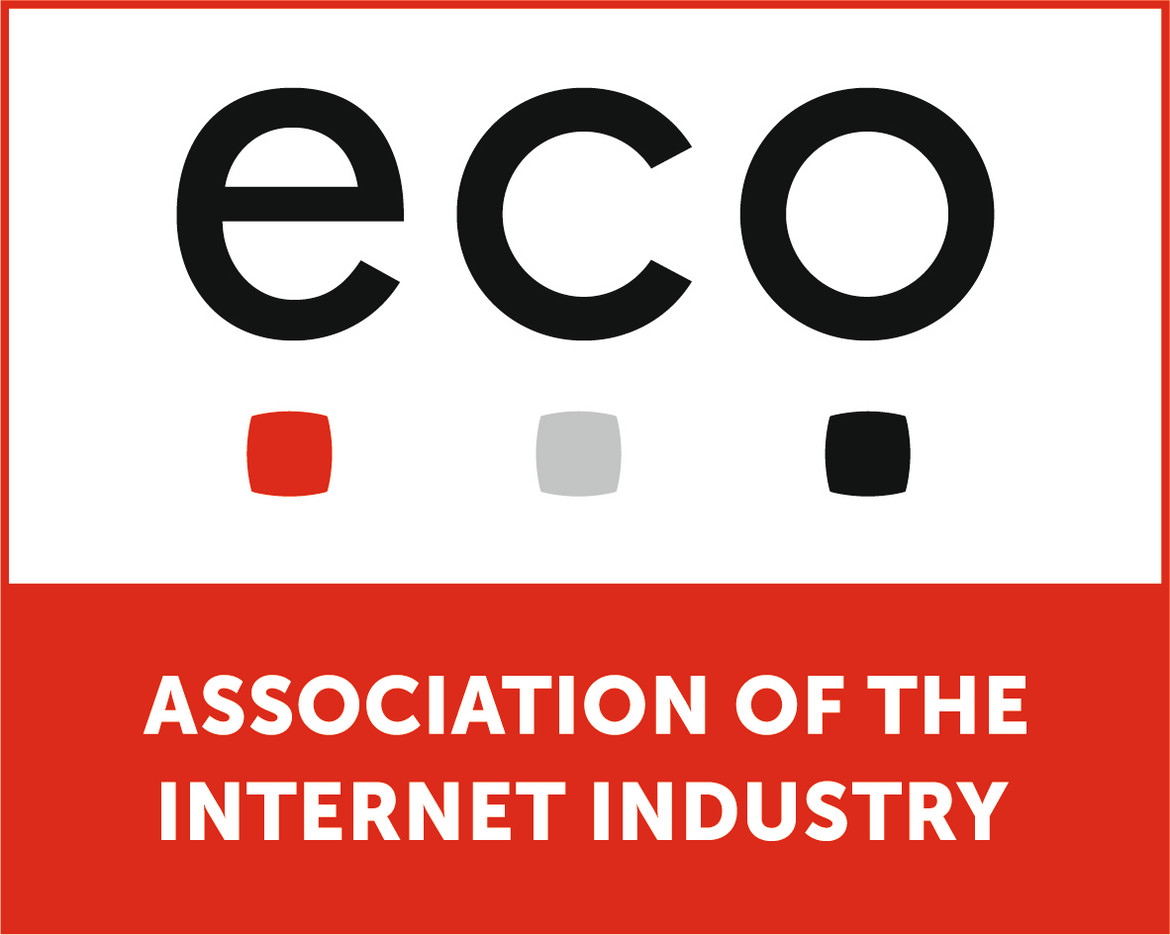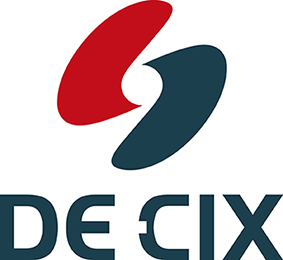Impact of 5G on Digital Infrastructure Investment
Klaus Landefeld, Board Member at the eco Association, looks at what investments are still needed to fully exploit the potential of 5G.

© prachanart | istockphoto.com
dotmagazine: 5G auctions have recently been taking place around the world. With those licenses then in place, what will be the next steps in terms of the infrastructure investment to make it happen?
Klaus Landefeld: You really have to look at this country by country, because it really depends: Some countries can just reuse existing licensed spectrum for 3G or 4G, and simply switch it over to 5G. But in other countries, there’s more that needs to be done.
In Germany, for example, the auction for 5G has recently closed, but for the operators to bring this into operation, they first need to wait, because the bylaws of the auction are not clear. This is of course very unusual: You are bidding billions of Euros on something where you are not entirely sure what bylaws you will have to uphold. Will there be a national or local roaming? How much coverage do you need to provide in order to cover the terms of your license? And so on. This issue is expected to be settled by the end of Q3 or early Q4 2019, and then the operators can theoretically start and build the sites or enable existing cell towers with 5G technology – probably they have done the latter already. This means that 5G enabled networks could possibly creep up by the end of the year. That’s roughly where we’re heading in Germany.
In other countries, like in the U.K. or in Switzerland, they’ve already switched on the network, so there’s already limited 5G availability. On these networks, we’ll first see the early adopters – obviously the early 5G smartphones. In the end, these will probably not be the driver in terms of numbers – that will be sensors and other embedded devices, which on the other hand will not provide the bulk of the traffic. The bulk of the traffic will be consumers watching HD video. So it really depends on what metrics you’re looking at when it comes to the question of what the drivers behind the network will be.
dot: Apart from the huge investments that the wireless operators are making at the moment, what other infrastructure investments will be necessary to really exploit the potential of 5G?
Landefeld: The first step is that 5G requires a much denser spacing of the cells in order to reach its potential. You can basically do the same stuff you can do with 4G Advanced if you use the same number of cells, but if you really want to exploit 5G’s potential and want to go into the higher speeds, into the better connectivity options and the likes, then you need a denser cell spacing. This means that lots and lots of cell towers, and the fiber to connect them, need to be built.
That will not only take some time, but it is also where cities, villages – the state in general – come into play in order to cover the missing sites, to allow usage of existing infrastructure or – as we have in Germany right now – that there will even be a new state-owned infrastructure company.
In effect, the proposal under consideration in Germany would mean that the state will build cell towers in spaces where it’s not commercially viable for operators to build them. This is basically the first step on the access side to provide universal coverage – to actually reach the network. The underlying vision is to have coverage even in rural areas, at every farm and on every milk can, to use a popular term. Politics want to have 5G availability, and the politicians now demand that, as one of the major industrialized nations, Germany needs total coverage. I personally think it’s a bit too ambitious, and commercially it makes absolutely no sense. Even if you cover the investment required to build that many sites, there’s just going to be very limited usage for many of these sites. Even including the agricultural industry, the actual amount of usage will not make operations commercially viable – leaving the question of ongoing support for operations, something we already know from other public utilities.
But that’s just one side, the access side. Then you obviously need to interconnect it all, so you need to have fiber running to all these sites. That’s another huge investment, and a major endeavor. There will be lots of local carriers involved, because these infrastructures are not exclusive to the four operators who now hold licenses. Given the amount of coverage we need to provide, these national operators will have to work with local operators, the power companies, or whoever else owns fiber in the region, in order to get their sites connected. And we’re talking about tens of thousands of new sites, not just a few.
Even further along the network, there’s the question: Where does data go? That depends more on the applications’ choice than the networks. Currently, looking at the German context, we rely on a small number of very dense national locations, like in Frankfurt. Most of the data centers are in Frankfurt, most of the connectivity operates in Frankfurt. In the future, for a lot of the applications, it won’t be enough to just backhaul all the data to Frankfurt and then process it there. If you want to have support for connected cars, you have certain types of media applications, or you want to have interactive virtual reality applications – it’s just not good enough to backhaul data to one or two national sites. You’ll need a more diverse coverage. In Germany, that’s probably something like 70 locations spaced throughout the country.
On a European level, it’s probably going to be more like 450 - 500 locations needed, and that is simply not what we have today. The sum of major connectivity hubs in all the EU countries today amounts to no more than 40 to 50 metro regions. This means you basically have 10 times more regions which you need to enable as connectivity hubs. That means more data centers, more interconnection points, more local interconnectivity. All this needs to be built, and obviously we need investment for all of these parts, apart from the access networks. I expect that, on the regional level, it’s also going to be regional companies which will bear the brunt of the investment, aside from the large players today, because these players probably won’t be able to scale their business model to hundreds of data centers spaced throughout the regions or even thousands of sites on a global level.
dot: Where do you first expect to see the impact of 5G in terms of data volumes?
Landefeld: As already mentioned, I expect the major driver of volume to be higher speed video. That’s always the major driver – if you look at any general use network, the usage peak is somewhere at 8:00 to 10:00 in the evening when people are sitting watching video. You can see the same trend at break times in company networks: The amount of data usage goes up, which is quite simply people watching video. Today, video is what drives data.
On the 5G side, obviously there will be other uses, like Industry 4.0. That represents massive amounts of data – if you look at electric cars, some of them collect gigabytes of data every day that want to be downloaded. There’s also whole production lines which are interconnected with some central site somewhere else. On site, you basically collect all data you can get your hands on, send it to a local collection point, and then the processing work is done somewhere else. Through this, there’s huge amounts of data which will need to be transferred.
Whether that is all going to be mobile? I have my doubts. Obviously, it’s still a good idea to reduce the amount of data you want to send on a mobile link – you would probably want to download these huge amounts of raw data on a terrestrial fiber link instead. But we’ll have to see – most of the killer applications are not really there yet, so we don’t really know.
Sensors will also have an impact on 5G networks – looking at the perspective of how many there are. There will be thousands of devices logged into a single cell, and that will amount to a lot of flows, a lot of data transfers, as in the number of transactions actually happening. Individually, these transactions will have a very low volume of data, as most of these sensors are built to consume very little power. They only send out data in bursts, so that they can last for a very long time without changing batteries. The amount of data from sensors is really very limited versus high definition video where you’re looking at gigabytes of data per hour utilized.
dot: How are interconnection demands likely to evolve in the face of 5G?
Landefeld: In principle, the amount of cross-network traffic expected to stay local are likely to be a lot higher than today. I don’t see much movement in that regard in the market right now, but from a purely theoretical viewpoint, you will need a lot more interconnection. Ideally you would have interconnection on every regional level. If you’re roaming or you use an application that is not hosted within your own network provider, you always use someone else’s network and processing site, and then have that data transferred back to your network of choice. Ideally, this is all done at the local level or at least at a regional level.
That’s also where the “fog computing” part comes in: that you actually do some processing on a regional level. There’s lots of data which has no significance outside of the region, and you don’t want to shove this data halfway around the world in order to process it. You can do pre-processing, do data reduction, you can even do some analysis on it on a regional level – for example, look at a regional traffic situation: autonomous driving and intelligent traffic control is one of the assumed drivers of 5G. But if you have a local traffic situation, is there really a relevance for that local traffic situation 200 miles away? Probably not. That’s probably only going to be significant on a regional level, and should be processed and distributed locally.
With all this processing and the exchange of information, if you look for example at route planners and map systems, currently they all collect and use their own data. The more users they have, the more accurate they get. In an open data world, you would exchange that data between all these services so that all services could use it, and the same goes for road conditions and the like. For this, you would need to exchange data, and that would need to happen on an application layer. As a result, we have to differentiate based on whether there’s an interconnection need on a physical layer: If you look at production, if you look at information about road conditions, things like that, they would need to be on a physical interconnection layer, very local. On the application side, it really depends on the latency requirements.
But, as I said before, I assume we would need at least 50, probably more like 70, locations for Germany alone, 500 throughout Europe, in order to really get the local exchange done. Exchange companies, like our own DE-CIX, will need to face that challenge and grow their interconnection ecosystem to this number of locations in order to cope with the upcoming demand. And the operators are not going to do it by themselves, they need incentives and standardization to participate. Sure, they have the demand. But most of the protocols don’t really support it. There needs to be some local geographical information built right into the protocols in order to have them routed effectively and efficiently to the destination where the data actually needs to go. And none of the Internet routing protocols currently support geographical information.
Klaus Landefeld is Vice-Chair of the Board and Director of Infrastructure & Networks at eco – Association of the Internet Industry.
Since 2013, he has served as Chief Executive Officer of nGENn GmbH, a consultancy for broadband Internet access providers in the field of FTTx, xDSL and BWA. He also serves as network safety and security officer as well as data protection officer for several German ISPs.
Before establishing nGENn, Mr. Landefeld held a number of other management positions, including CEO at Mega Access and CTO at Tiscali and World Online. He was also the CEO and founder of Nacamar, one of the first privately-held Internet providers in Germany.
Mr. Landefeld is a member of a number of high-profile committees, including the Supervisory Board of DE-CIX Group AG, and the ATRT committee of the Bundesnetzagentur (BNetzA - German Federal Network Agency).






